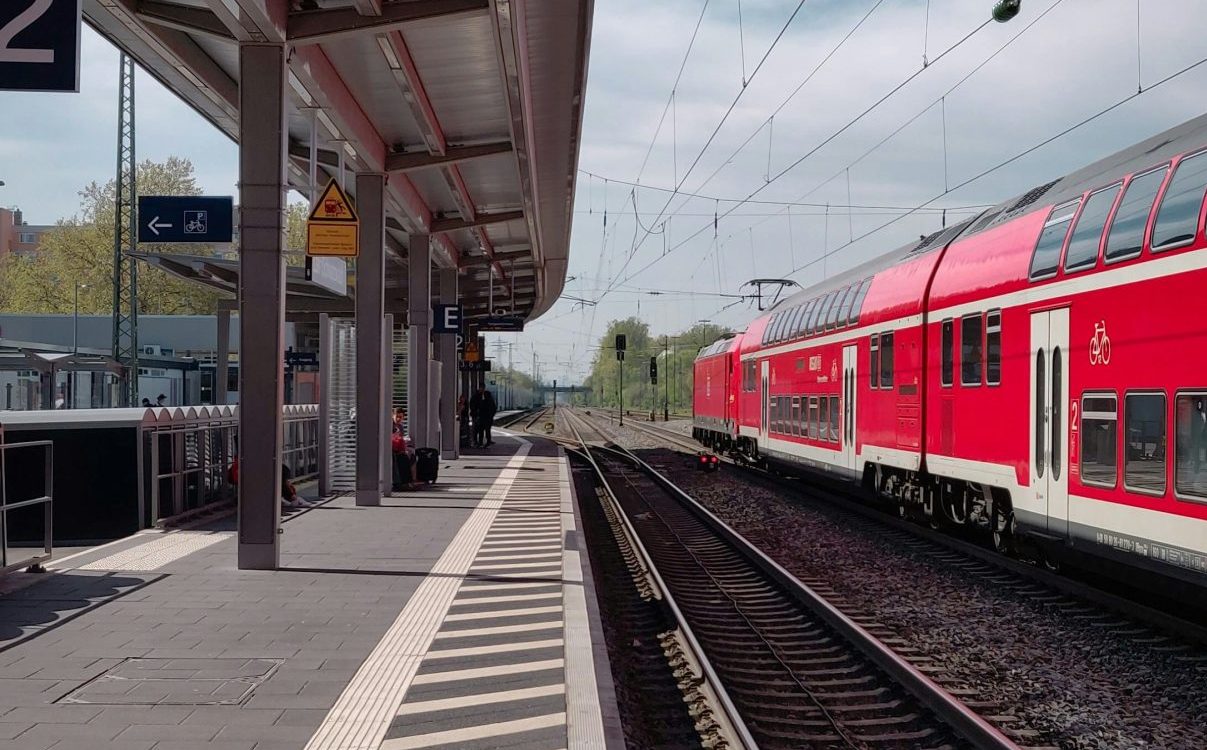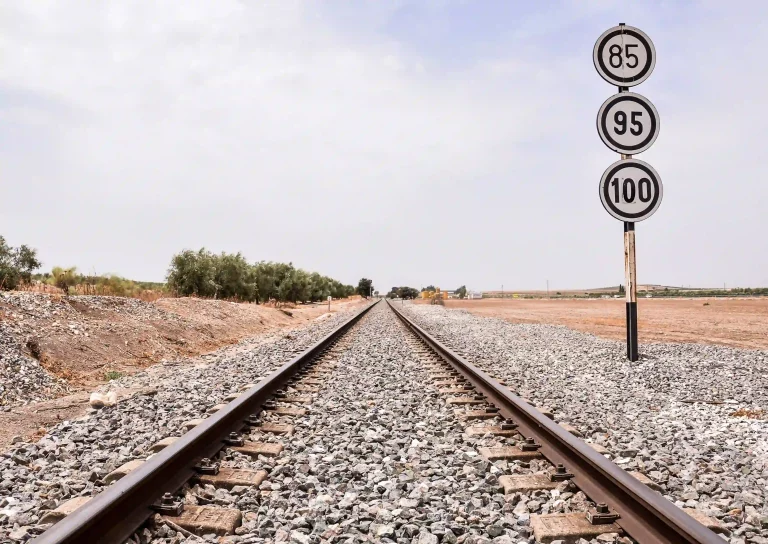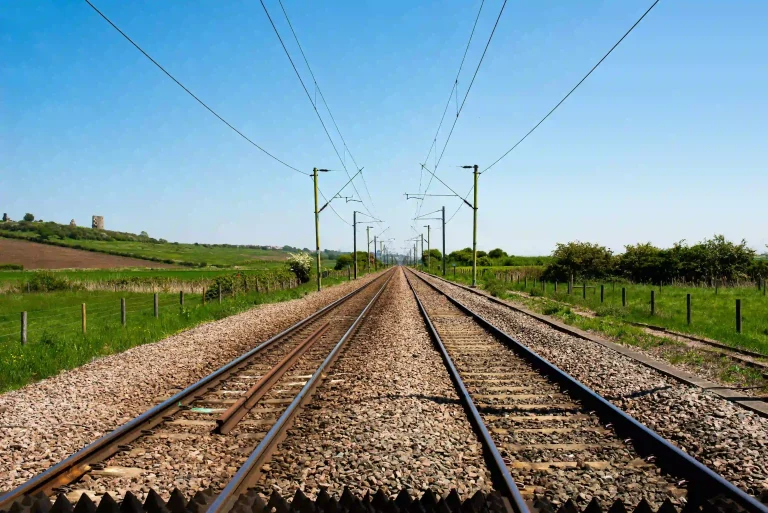Understanding Rail Gauge Baffle Systems
Importance of Rail Gauge in Railway Systems
The rail gauge, the distance between the inner faces of the two parallel rails, is crucial for the operational safety of trains. An incorrect gauge can lead to severe issues such as derailments, excessive wear on train wheels, and compromised track integrity. Rail gauge baffles play a vital role in preventing such problems by ensuring that the rail tracks remain consistently spaced. This not only enhances the safety of railway operations but also prolongs the lifespan of both the tracks and the rolling stock.
Overview of Baffle Systems in Railway Operations
Baffle systems, including rail gauge baffles, are integral to railway operations. These systems are designed to withstand various environmental conditions and mechanical stresses. They are typically installed at critical points along the railway track to provide consistent support and alignment. Advanced baffle systems are made from durable materials that offer high resistance to wear and environmental factors, ensuring long-term reliability and minimal maintenance. Their strategic placement and robust construction help improve the overall performance and safety of rail networks.
SAFE Rail Fastening System (Zhejiang) Co., Ltd. is a renowned manufacturer of rail fastening systems and railway engineering equipment products. Located in the Zhejiang Province, SAFE operates on a vast land area and has made a significant investment in its facilities and production capacity.
With an annual production capacity of 5 million sets of rail fastening systems, SAFE is equipped with state-of-the-art production lines and laboratories. The company has over 100 imported automated production and testing equipment, ensuring the highest quality standards for their products.
SAFE takes pride in using high-quality raw materials sourced from reputable domestic enterprises. This commitment to quality ensures that their rail fastening systems and various railway engineering equipment products meet the stringent requirements of high-speed rails, conventional rails, heavy-haul rails, metro, and subway rails.
The rail gauge baffle is one of the notable products offered by SAFE. These gauge baffles play a crucial role in maintaining the correct gauge distance between railway tracks, ensuring safe and efficient rail operations. SAFE‘s rail gauge baffles have undergone technical examination by the Transport Bureau of the Ministry of Railways of the People’s Republic of China, demonstrating their compliance with industry standards.
Key Safety Features of Rail gauge baffles
Structural Integrity and Material Durability
One of the primary safety features of rail gauge baffles is their structural integrity and material durability. These components are manufactured to meet stringent standards and undergo rigorous quality control processes to ensure they can withstand the demands of railway operations. The use of resilient materials such as high-strength plastics or metals in their construction provides exceptional strength and durability, making them capable of enduring significant wear and tear without compromising their functionality.
Manufacturing Standards and Quality Control
The manufacturing of rail gauge baffles follows stringent production standards and rigorous quality control procedures. Advanced methods, including injection molding production lines equipped with fully automatic central feeding systems, are utilized to guarantee accurate and uniform output. This meticulous quality control process reduces the likelihood of defects, ensuring that each baffle complies with the necessary specifications for optimal functionality and safety.
Resilient Materials Used in Construction
Rail gauge baffles are constructed from materials known for their resilience and durability. These materials, which include advanced polymers and reinforced composites, are chosen for their ability to withstand harsh environmental conditions and mechanical stress. This selection of high-quality materials ensures that the baffles maintain their integrity and function effectively over long periods, contributing to the overall safety and reliability of the railway system.
Impact on Track Stability and Alignment
Rail gauge baffles have a significant impact on track stability and alignment. These components play a crucial role in maintaining the correct spacing and alignment of the rails, which is essential for preventing derailments and ensuring smooth train operations.
Prevention of Derailments
Derailments are major safety concerns in railway operations. Rail gauge baffles help prevent derailments by maintaining the accurate spacing between rails and ensuring they remain properly aligned. This constant and reliable support minimizes the risk of rail shifting and misalignment, which are common causes of derailments.
Enhanced Rail Track Alignment
Correct rail track alignment is crucial for the safety and efficiency of train operations. Rail gauge baffles play a significant role in improving rail track alignment by offering a stable and uniform structure that supports the rails. This proper alignment reduces track-related problems and guarantees a smooth and safe journey for trains, thereby enhancing overall operational safety.
Fire Resistance and Thermal Stability
Fire resistance and thermal stability are critical safety features of rail gauge baffles. These components are designed to withstand high temperatures and minimize the risk of fire-related incidents on the railway tracks.
Importance of Heat-Resistant Materials
Rail gauge baffles are made from heat-resistant materials that can endure extreme temperatures without degrading or losing their structural integrity. This characteristic is essential for preventing fire hazards and ensuring the baffles continue to function correctly even in adverse conditions.
Fire Prevention Techniques
Manufacturers of rail gauge baffles incorporate fire prevention techniques in the design and material selection to enhance safety. These techniques include the use of fire-retardant materials and coatings that reduce the likelihood of ignition and slow the spread of flames, contributing significantly to the overall fire safety of railway operations.
Operational Benefits Contributing to Safety
Minimizing Maintenance Requirements
Rail gauge baffles are engineered to lower maintenance needs, providing cost efficiency over the long term and lessening downtime for repairs.
Long-Term Cost Efficiency
The durable materials and robust construction of rail gauge baffles lead to fewer replacements and repairs, resulting in long-term cost efficiency for railway operators. This durability means that less frequent maintenance is needed, which translates to lower operational costs over time.
Reduced Downtime for Repairs
With fewer maintenance needs, rail gauge baffles help reduce downtime for track repairs. This reduced downtime ensures that railway operations are less frequently interrupted, maintaining a more reliable and consistent service for passengers and cargo.
Enhancing Passenger Safety
Enhancing passenger safety is a primary concern in railway operations, and rail gauge baffles play a crucial role in achieving this objective.
Secure Travel Experience
By ensuring proper alignment and stability of the rails, rail gauge baffles play a crucial role in providing a secure travel experience for passengers. The durability and dependability of these components help to reduce the risks related to rail misalignment and possible derailments, thus guaranteeing a smoother and safer journey.
Lower Risk of Accidents
The implementation of rail gauge baffles lowers the risk of accidents on the railway tracks. Their ability to uphold the precise spacing and alignment of the rails significantly reduces the likelihood of accidents caused by track-related issues, thereby enhancing the overall safety of railway transport.
Regulatory Standards and Compliance
Complying with International Safety Standards
Safety in railway operations is paramount, and rail gauge baffles are subject to rigorous regulatory standards to ensure their effectiveness and reliability. These standards help maintain consistency in safety measures across various railway networks globally.
Key Regulatory Bodies and Their Guidelines
Multiple key regulatory bodies oversee the safety guidelines for rail gauge baffles. Organizations like the International Union of Railways (UIC), American Railway Engineering and Maintenance-of-Way Association (AREMA), and national railway authorities establish comprehensive benchmarks to ensure safety, structural integrity, and performance standards are met. These guidelines cover material specifications, manufacturing processes, and installation protocols, ensuring that rail gauge baffles maintain optimal performance in various operational conditions.
Certification Processes for Rail gauge baffles
To ensure adherence to safety standards, rail gauge baffles undergo extensive certification processes. This certification includes rigorous testing and evaluation by authorized bodies to confirm that the baffles comply with or surpass the required safety criteria. The certification process examines various factors such as material durability, impact resistance, and environmental resilience. Only those baffles that fulfill all the necessary specifications receive certification, affirming their appropriateness for use in railway infrastructure.
Regular Inspection Protocols
Routine inspections are crucial for maintaining the safety and functionality of rail gauge baffles. Regular checks help detect potential issues early, ensuring that necessary maintenance or replacements are carried out promptly.
Scheduling and Conducting Inspections
Railway operators adhere to specific schedules for inspecting rail gauge baffles. These inspections are conducted periodically to assess the condition and alignment of the baffles. Inspections typically involve visual assessments, mechanical testing, and the use of diagnostic tools to detect wear, corrosion, or misalignment. By adhering to a structured inspection schedule, railway operators can maintain the integrity of rail gauge baffles and ensure continuous safe operation of the railway system.
Addressing Identified Issues Proactively
Proactive maintenance is essential when issues are identified during inspections. Addressing problems such as wear and misalignment immediately helps prevent more severe complications and ensures that the rail gauge baffles function effectively. Implementing timely repairs or replacements minimizes operational disruptions and enhances the overall safety and reliability of the railway network.
Technological Advancements Improving Safety
With ongoing technological progress, the safety features of rail gauge baffles have significantly evolved. Noteworthy improvements include innovations in material science and the integration of smart monitoring systems, both of which are enhancing safety measures.
Innovations in Material Science
Recent developments in material science have led to the creation of stronger and more durable rail gauge baffles. These advancements support enhanced performance and longevity, even in challenging railway environments.
Development of Advanced Composite Materials
The development of advanced composite materials has revolutionized the construction of rail gauge baffles. These materials offer superior strength, flexibility, and resistance to environmental stresses compared to traditional materials. Composites such as carbon fiber-reinforced plastics provide enhanced durability, reducing the frequency of replacements and supporting long-term stability and safety of railway tracks.
Integration with Smart Sensors and Monitoring Systems
Integration with smart sensors and monitoring systems is a significant technological advancement improving the safety of rail gauge baffles. These systems provide real-time data on the condition and performance of the baffles, facilitating proactive maintenance and immediate response to potential issues.
Real-Time Data Collection and Analysis
Sensors that are smart and embedded in rail gauge baffles collect real-time data. This data collection is vital for monitoring both the structural integrity and the alignment of the rails. Tools for data analytics then analyze this information, identifying patterns and predicting potential failures. With real-time insights available, immediate corrective actions can be taken, which helps to prevent accidents and enhances railway safety.
Future Trends in Rail Gauge Baffle Technology
Looking ahead, technological innovations are poised to further enhance the safety and efficiency of rail gauge baffles. Future trends may include the development of self-healing materials, advanced data analytics for predictive maintenance, and improved integration with overall railway management systems. These advancements aim to provide even greater reliability and safety for railway operations worldwide.
Importance of Continuous Education and Training
Continuous education and training are vital to ensuring that railway personnel are well-equipped to manage the safety protocols related to rail gauge baffles. Proper training programs help maintain high standards of safety and operational efficiency.
Educating Personnel on Safety Protocols
Educating railway personnel on safety protocols is essential for the effective management and maintenance of rail gauge baffles. Training programs ensure that staff are aware of the latest safety guidelines and techniques.
Training Programs for Installation and Maintenance Teams
Comprehensive training programs for installation and maintenance teams are essential for the accurate implementation of rail gauge baffles. These programs encompass aspects such as correct installation techniques, best practices for maintenance, and strategies for emergency response. Providing personnel with the necessary skills and knowledge guarantees that rail gauge baffles are properly installed and maintained, thereby improving the overall safety of railway operations.
Updating Skills with Technological Progression
As technology evolves, it is imperative for railway personnel to update their skills and knowledge to keep pace with advancements in rail gauge baffle technology. Continuous professional development programs are essential for familiarizing teams with new materials, smart sensor integration, and data analytics tools.
By participating in continuous learning initiatives, railway professionals can stay informed about the latest technological developments and safety protocols. This ongoing education ensures that they can effectively address emerging challenges and leverage new technologies to enhance the safety and efficiency of railway operations.
Through stringent regulatory standards, technological advancements, and continuous education, rail gauge baffles play a crucial role in maintaining the safety and reliability of railway systems. As the industry evolves, the commitment to safety and innovation will continue to drive improvements in rail gauge baffle technology, ensuring the secure and efficient transport of passengers and goods around the world.
SAFE is dedicated to continuous improvement and innovation. The company focuses on research and development, collaborating with universities to integrate disciplines, industry, and market. This approach allows them to efficiently transform the latest scientific research achievements into practical market applications, promoting the comprehensive development of the rail industry.
In summary, SAFE Rail Fastening System is a leading manufacturer of rail fastening systems and railway engineering equipment products. With their commitment to quality, innovation, and compliance with industry standards, SAFE provides reliable rail gauge baffles and other products that contribute to the safe and efficient operation of railway systems. Choose SAFE for high-quality rail solutions that meet the demands of various railway applications.











